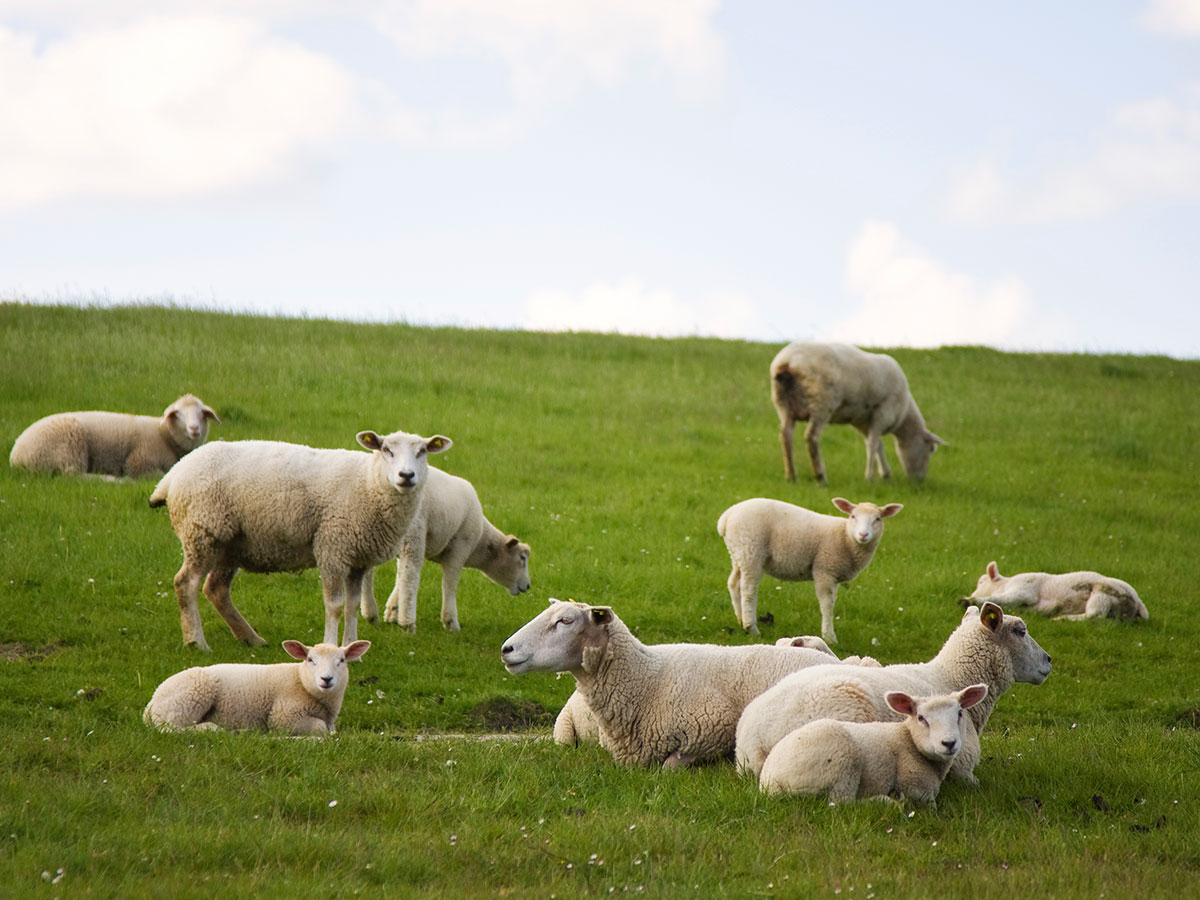Commodity Vendor Declaration (CVD) forms are a valuable tool which can be used to determine the quality and integrity of fodder or feed purchased, so you know exactly what you’re feeding your livestock.
A CVD identifies if feed or fodder contains chemical residues or restricted animal materials (RAM). It is a guarantee that you are purchasing safe feed that will not compromise the quality of the product further down the supply chain.
The following points are a guide to understanding the CVD and why it is important:
RAM refers to meat and bone meal which can include poultry offal, dog food, feather or fish meal, and manures. RAM must not be fed to livestock due to the risk of mad cow disease.
Chemical residues may be found in feed or fodder if it was harvested during a withholding period or if the crop has been affected by spray drift. A signed CVD states whether or not this has occurred and if so, it will include details of the chemicals applied, allowing the recipient to make an informed decision.
A CVD also comes into play when completing a National Vendor Declaration (NVD). NVDs contain the question: have any stock in the consignment consumed any material that was still within a withholding period when harvested, collected or first grazed?
If the livestock vendor does not know the answer, they must tick yes. If feed has been provided that did not originate on the property and a CVD hasn’t been provided, they must tick yes. This is to ensure that all withholding periods have been met and meat is safe for consumption.
By requesting and receiving a signed CVD when purchasing feed and fodder, you are playing your part in maintaining the integrity of Australia’s red meat supply chain.
If a supplier arrives without a completed CVD you can provide them with a blank form to complete, which can be downloaded from the Meat & Livestock Australia website www.mla.com.au.
